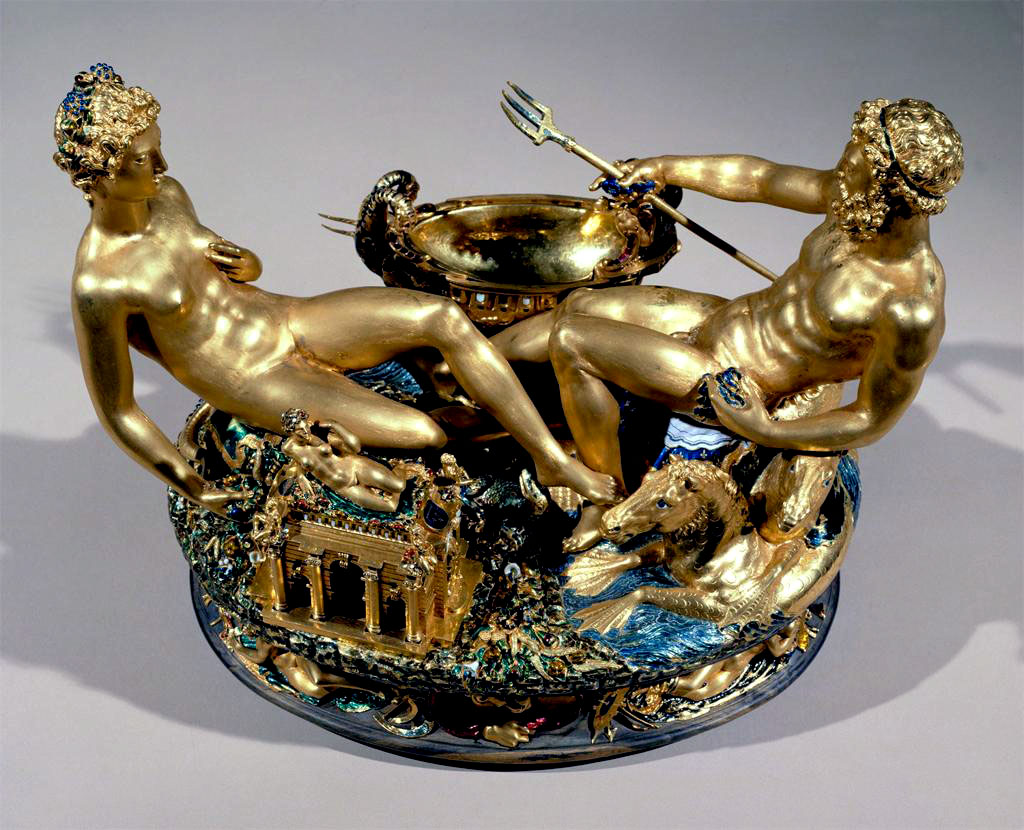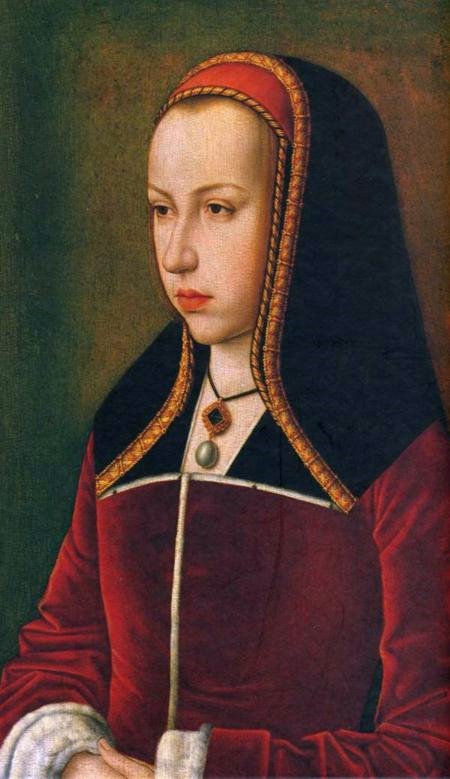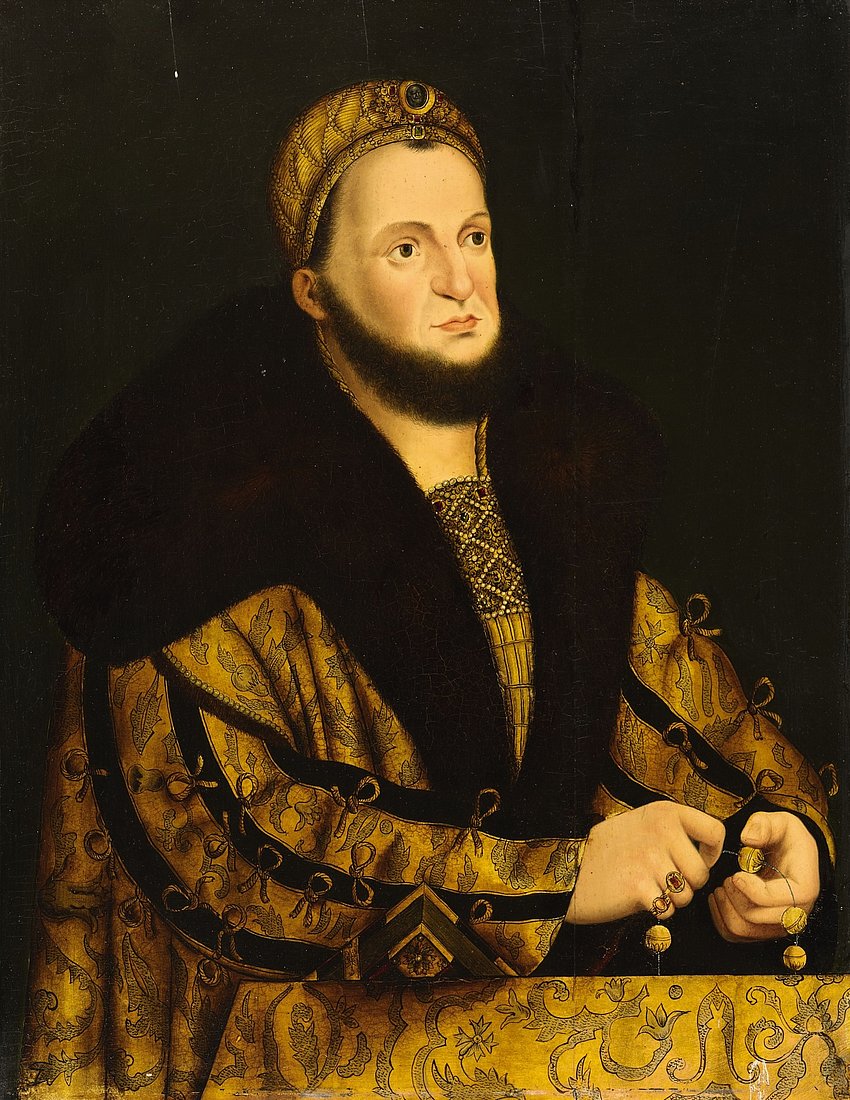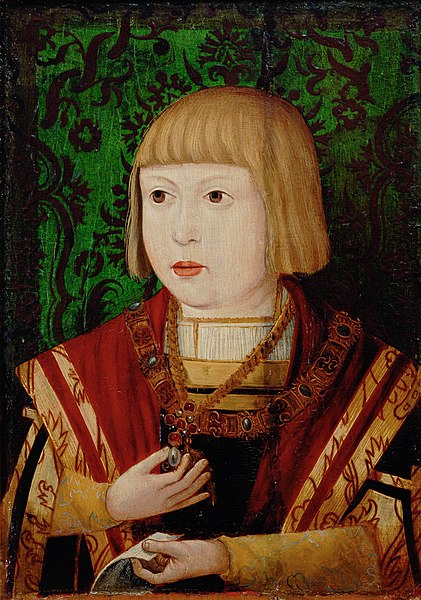September 1495
The news spreads quickly. Philip of Austria, Duke of Burgundy is dead at 17 years old. The only son of the Holy Roman Emperor and the Duchess of Burgundy, he was a young man of great promise. Philip had inherited Burgundy from his mother at only four years of age, with his father Maximilian acting as regent. The early years of his reign had been marked by conflict between the nobles and burghers of the Low Countries and his father’s deputies. Nonetheless, by the time that Maximilian inherited the Imperial title from his own father in 1493, tensions had eased. Young Philip, at fifteen years old, already showed signs of being capable and intelligent. Having grown up mostly in the Low Countries, he was well viewed by his mother’s former vassals, in spite of his father’s mismanagements. And Maximilian had hardly neglected his son’s Habsburg patrimony either; Philip was widely expected to be the next Holy Roman Emperor.
The fallout from Philip’s death hits hardest in Vienna. Emperor Maximilian is, naturally, devastated. But the grief is more than just that of a father for his son. With this loss, Maximilian becomes the last remaining male of the mainline Habsburgs. His heir, as of Philip’s death, is his elderly and senile cousin, Archduke Sigismund of Inner Austria. Aged 67, the Archduke has no children and shows no signs of producing issue despite being on his second wife, the 20-something Catherine of Saxony. The Habsburgs, at least in the male line, seem to be a dying breed.
Of course, Philip is not Maximilian’s only child. And Maximilian isn’t done trying to have children. He has a new wife of less than a year, Bianca Maria Sforza. The Empress is a lovely woman and a perfectly competent consort but, unfortunately, hasn’t fallen pregnant yet. And then there’s his daughter, the late Philip’s sister. Margaret of Austria. Attractive, charming, and well educated, Margaret has spent the past few years living at the court of her step-grandmother and namesake [1], the Dowager Duchess of Burgundy, after having been raised at the French court as the future wife of King Charles VIII. That marriage may not have taken place but Margaret is still the emperor’s daughter and has been engaged to the Prince of Asturias, heir to the Spanish thrones of Castile and Aragon, since 1494. Like her brother, she seems to have a bright future as of September 1495.

Diptych of Philip of Austria, Duke of Burgundy (left) and his sister Margaret (right) circa 1494.
For now, Maximilian makes his way to Lier, the city where the Duke of Burgundy finally expired, probably of typhoid fever. Margaret, who was quite close with her brother, travels from Brussels with her step-grandmother and, together, the three of them - two duchesses and an emperor - escort the boy who would’ve been called ‘the Handsome’ to his final resting place, beside his mother at the cathedral in Bruges.
--
[1] Margaret of York (b. 1446), sister of the late King Edward IV of England and King Richard III, and aunt of the current Queen of England, Elizabeth of York
Last edited:















